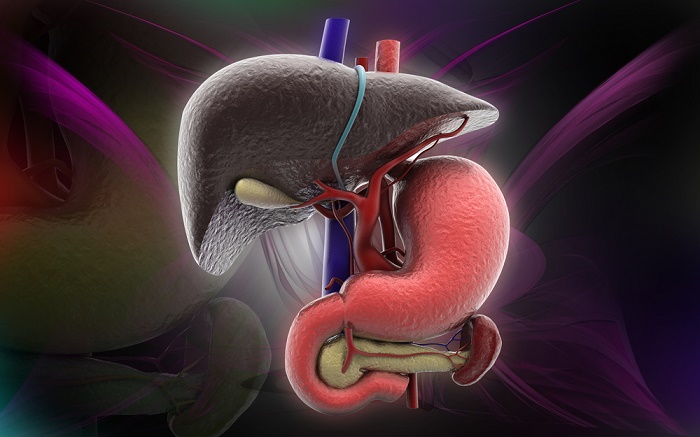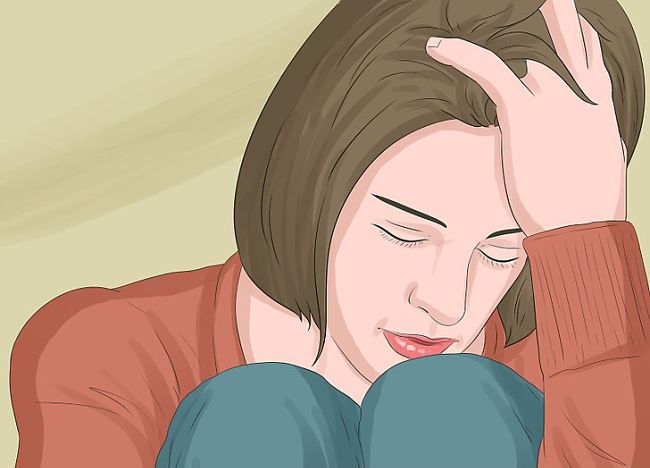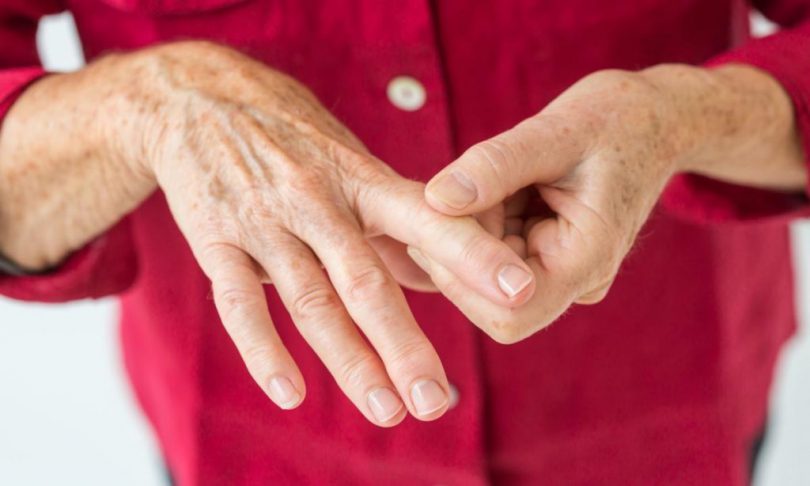Wheat allergy: symptoms, treatment and nutritional advice

A wheat allergy is triggered by eating wheat products. Affected people have to completely change their diet. We will tell you what symptoms are signs of allergy and what you should take into account for your diet.

Table of Contents
What is a wheat allergy?
When some type of allergy occurs, our body responds by attacking, for this reason that are usually unpleasant for our body take place, in the case of a wheat allergy, our body can give late signals in response to wheat.
In this type of food allergy, our body recognizes the wheat protein in the intestine as a supposed enemy, which must be fought. In this way, antibodies are formed, leading to inflammatory processes. The immune system after a misguided battle ends up attacking itself.
Wheat protein allergy is more common in children than adults. However, this is a growing condition.
Allergic reactions usually occur right after eating wheat, but they can also take a few hours or even appear as late reactions 24 to 48 hours after contact with the allergen.
Wheat is considered highly allergenic, so it is relatively common to trigger an allergy. Asthma or chronic colds can also be caused by inhaling flour dust.
Causes and triggers.
If you suffer from an allergy to wheat cereal, bread, pasta and cereals, as well as many other cereal products, it will cause an allergic reaction in your body. The immune system reacts particularly strongly to the proteins contained in wheat grains and forms antibodies against them.
There is a primary allergy to wheat in which the intestinal mucosa causes an allergic reaction as soon as it comes into contact with the protein. Children especially suffer from this form of allergy. However, as a general rule, in many affected children, wheat intolerance at school age decreases, as occurs with allergy to cow’s milk proteins.
Many adults suffer mainly from the so-called WDEIA (Exercise-Induced Cereal Dependent Anaphylaxis). This is a special form of wheat allergy. This type of allergy is triggered when the affected person expends a lot of energy after eating wheat products, is under severe stress or takes medications.
But even just inhaling wheat flour can cause a form of wheat allergy, especially in bakers. This type of allergy is called “bakery asthma.” Those affected can usually eat foods that contain wheat.
Wheat allergy, in contrast to celiac disease, is an allergic reaction to certain proteins found in wheat. The symptoms that occur after eating wheat products or inhaling wheat dust are similar to those of other food allergies.
These symptoms may be signs of a wheat allergy.
There are many symptoms that can be signs of an allergy to this cereal. Not all should happen at the same time. In addition, they can be different for each affected person. The most common symptoms include:
- Stomach ache.
- Threw up.
- Swelling of the mucous membrane in the mouth and throat skin.
- Allergic rhinitis.
- Asthmatic complaints.
If you experience one or more symptoms after eating wheat products, you should have a wheat allergy test with a doctor. He will talk to you about your medical history and you’re eating habits.
Therefore, you have to go through a blood and skin test to specify the substance to which you are allergic. For example, if you are affected by WDEIA, there will be antibodies against omega-5-gliadin in your body. A challenge test provides certainty about the allergy.
If you experience gastrointestinal symptoms, you should see your doctor if you have celiac disease. This is a strong gluten intolerance. Your doctor will check to see if your body is making antibodies against gluten.
How to act in case of being allergic to wheat?
To treat a wheat allergy, there is only one method: a change in diet. If you are affected by this form of allergy, you should avoid wheat, but also cereals similar to wheat, such as spelled.
Therefore, pay attention to the specified ingredients in your food. You should abstain from foods that contain wheat flour or starch. A nutritionist can help you create an individual meal plan.
If you suffer from celiac disease, you should follow a gluten-free diet. You should avoid foods like pizza, bread, pasta, and cookies, as they almost always contain gluten. However, you can safely consume fruits and vegetables, nuts and dairy products.
If you have been diagnosed with a WDEIA, you should be careful to always carry an emergency kit with you. This should consist of an adrenaline injector, a corticosteroid, and an antihistamine.


